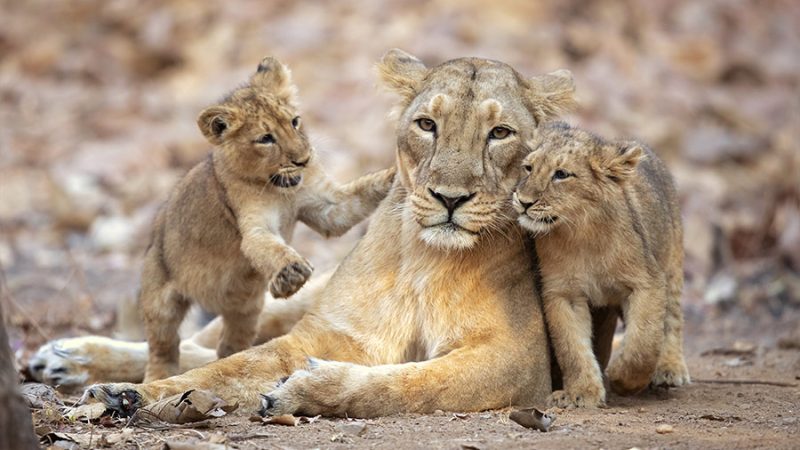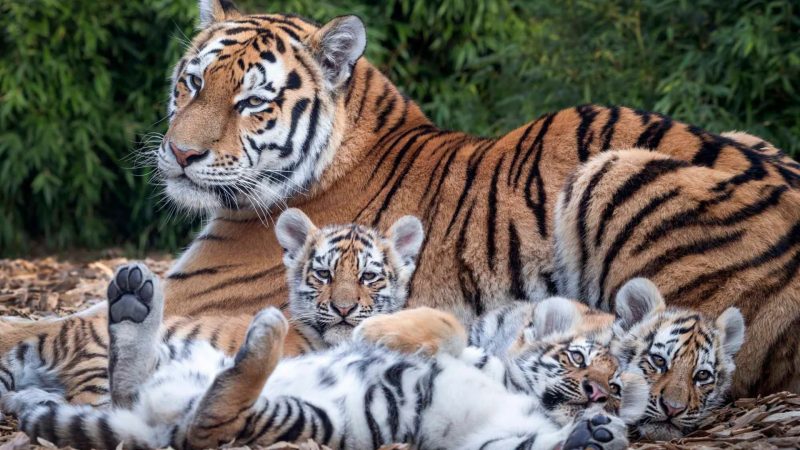BIGHORN: Majestic Guardians of the Mountains

High amidst the rugged peaks and steep cliffs, a majestic creature roams the alpine landscapes with grace and power. The Bighorn, an iconic symbol of the mountains, stands tall as a majestic guardian of its habitat. With its awe-inspiring presence and remarkable adaptations, the Bighorn captures the imagination of all who encounter it, leaving an indelible mark on the wilderness it calls home.

Scientifically known as Ovis canadensis, the Bighorn is a species of wild sheep that inhabits the mountainous regions of North America. These magnificent creatures are instantly recognizable by their impressive set of curved horns, which can grow to astonishing lengths. The males, known as rams, bear massive, spiral-shaped horns that can weigh up to 30 pounds (13.6 kilograms) and can reach lengths of over three feet (0.9 meters). The females, known as ewes, also sport horns, although they are smaller and less curved. These remarkable horns serve not only as a symbol of strength and dominance but also as a vital tool for defense and competition.

Bighorns are well adapted to their mountainous habitats, where steep slopes and treacherous terrain are the norm. Their muscular bodies and nimble hooves enable them to traverse rocky ledges and climb steep cliffs with astonishing agility. They are capable of navigating seemingly impossible terrain with ease, effortlessly leaping from one precipice to another. These extraordinary climbing abilities, coupled with their acute senses of balance and coordination, allow them to thrive in areas where few other species can survive.

Social bonds play a crucial role in the lives of Bighorn sheep. They form herds that typically consist of females and their offspring, led by a dominant ram. During the breeding season, known as the rut, male Bighorns engage in fierce battles to establish dominance and win the right to mate. These clashes involve dramatic head-on collisions as the rams charge at each other, creating thunderous echoes throughout the mountains. The victorious ram earns the admiration of the ewes and the privilege of passing on his genes to the next generation.

The Bighorn’s presence in the mountains extends beyond its charismatic appearance and formidable physical abilities. As herbivores, they play a vital role in shaping their ecosystems. By grazing on vegetation, Bighorns help control plant populations and maintain the delicate balance of their habitats. Their foraging activities create open spaces that allow other plant species to thrive, benefiting a diverse array of wildlife in the process.

Despite their resilience and adaptability, Bighorn sheep face numerous challenges that threaten their survival. Habitat loss due to human encroachment, competition with livestock for resources, and diseases transmitted from domestic sheep pose significant risks to their populations. Conservation efforts aimed at protecting their habitats, mitigating human-wildlife conflicts, and monitoring and managing disease outbreaks are crucial in safeguarding the future of these majestic guardians of the mountains.
The Bighorn, with its imposing presence and critical ecological role, serves as a symbol of the untamed wilderness and the indomitable spirit of nature. Its ability to thrive in harsh environments and navigate treacherous terrain inspires admiration and respect. Let us cherish and protect the Bighorn, the majestic guardians of the mountains, and ensure that future generations can witness their awe-inspiring beauty in the wild.



